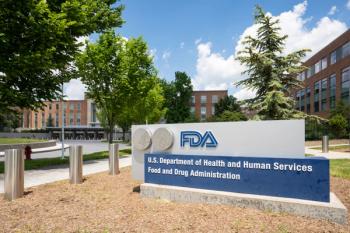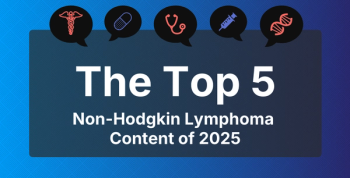
Lonafarnib Monotherapy Extends Survival in Progeria
New research published in JAMA reports that lonafarnib, a farnesyltransferase inhibitor (FTI), extended survival in patients with Hutchinson-Gilford progeria syndrome (HGPS), or progeria.
New
HGPS, which has an estimated incidence of 1 per 4 million births and a prevalence of 1 in 20 million living people, is an ultra rare, fatal disease that causes premature aging in children. HGPS is caused single base pathogenic variants in the LMNA gene that result in the production of a mutant lamin A protein, progerin.
No drugs are currently approved to treat HGPS, but the newly published cohort study reports that treatment with lonafarnib monotherapy is associated with lower mortality versus no treatment.
The observational cohort study, of which the primary study outcome was all-cause mortality, compared treated patients with contemporaneous untreated participants. Treatment cohorts included patients from 2 single-group, single-site clinical trials: the completed ProLon1 (n = 27) and ongoing ProLon2 (n = 36). Treated patients received oral lonafarnib at a dose of 150 mg/m2 twice per day. Untreated patients originated from a separate natural history study (n = 103).
The researchers report that untreated patients with HGPS had mean and median survival ages of 14.5 and 14.6 years, respectively. In the first treatment trial, there was 1 death (3.7%) among 27 patients in the treated group and there were 9 deaths (33.3%) among 27 patients in the matched untreated group. The conditional unadjusted hazard ratio (HR) for mortality rates of treated versus untreated patients was 0.12 (95% CI, 0.01-0.93; P =.04). Median follow-up time was 2.2 years (interquartile range [IQR], 1.9-2.2) for treated patients and 2.1 years (IQR, 1.0-2.2) for untreated patients.
In an analysis of the combined trials, mortality was statistically significantly lower in treated patients than untreated patients; there were 4 deaths (6.3%) among 63 patients in the treated group and 17 deaths (27.0%) among 63 patients in the matched untreated group. The random-effects meta-analytical conditional HR for treated versus matched untreated patients across the 2 studies was 0.23 (95% CI, 0.06-0.90; P =.04). Median follow-up time was 2.2 years (IQR, 1.4-2.3) for treated patients and 1.7 years (IQR, 0.6-2.2) for untreated patients. In a post hoc analysis of treatment trial 2, there was no significant difference in mortality between the treated and untreated patients (HR, 0.33; 95% CI, 0.07-1.59; P =.17).
The authors conclude that, among patients with HGPS, lonafarnib monotherapy was associated with a lower mortality rate after 2.2 years of follow-up, and longer-term effects of therapy will be a valuable area for study given the potential for lifelong treatment with this drug.
"This study published in JAMA shows for the first time that we can begin to put the brakes on the rapid aging process for children with Progeria," said Leslie Gordon, MD, PhD, co-founder and medical director of the Progeria Research Foundation (PRF), and lead study author. "These results provide new promise and optimism to the Progeria community.”
Reference
Gordon LB, Shappell H, Massaro J, et al. Association of lonafarnib treatment vs no treatment with mortality rate in patients with Hutchinson-Gilford progeria syndrome. JAMA. 2018;319(16):1687-1695. doi:10.1001/jama.2018.3264.
Newsletter
Stay ahead of policy, cost, and value—subscribe to AJMC for expert insights at the intersection of clinical care and health economics.








































